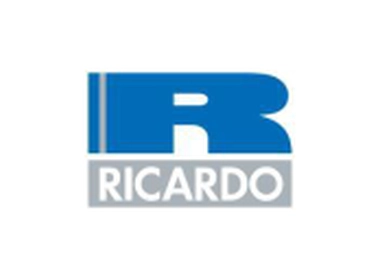
New Ricardo service to enhance railway pantograph and catenary system design
Ricardo Rail has launched a new service to simulate the dynamic interaction between pantograph units and catenary systems, with the aim of helping to optimize the design of future electrification products while also reducing development costs
Rail lines operating using overhead electrification via catenary systems rely on a smooth, continuous connection between the pantograph units of the rolling stock and the overhead electrified wires.
To ensure that new pantograph and catenary systems perform according to the European rail industry’s requirements, they must meet the standards set out in the Technical Specifications for Interoperability for locomotives and rolling stock (Commission Regulation (EU) No 1302/2014) and Energy (Commission Regulation (EU) No 1301/2014). Both of these standards require that the dynamic interaction—the forces and movements between the systems —is rigorously tested.
To date this has required extensive physical test programmes to assess how the products behave in a fully operational environment. For example, how the products adjust to variations in bridge height, how the pantographs react to differing tensions and resonance in the catenary wire, and how changes in a vehicle’s speed or the number of units it is carrying impacts on the performance of the products.
The Ricardo pantograph and catenary modelling and simulation package ‘RiPAC’ has been developed by Ricardo to offer track and rolling stock engineers the opportunity to simulate the full motion behaviour of their designs at a much earlier stage of the product development process.
The simulations, which are performed in line with applicable standard for current collection systems (EN50318), are overseen by Ricardo’s vehicle-track engineers teams who process the data to provide a detailed report of the measurements captured by the in-house software. The data can then focus to the physical testing programme, subsequently reducing the time and cost of achieving the necessary certification.
Train operators and infrastructure managers can also use RiPAC to monitor the performance of systems on existing routes across their networks, or to inform major refurbishment and upgrade programmes. For example, RiPAC was recently applied by Netherlands rail infrastructure operator, ProRail, and the Rotterdam Port Authority to examine the catenary of a new 3.8 km line serving the Rotterdam area for its compliance with applicable standards.